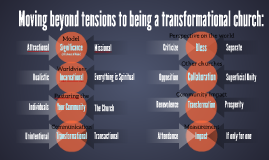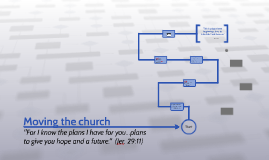Moving Presentation
Transcript: Post-Move Cleanup Thoroughly clean your new home after the move to eliminate dust and allergens that may have accumulated. This not only creates a healthier living space but also serves as a fresh start in your new environment. Housewarming Essentials Establishing a comfortable atmosphere involves acquiring essential items such as kitchenware, linens, and decorative touches. Consider hosting a small gathering to invite friends and neighbors, fostering a sense of community. Decluttering and Organizing Packing Supplies Prior to packing, sort through belongings and declutter by determining what items to keep, donate, or discard. This process not only reduces moving costs but also makes unpacking easier and organizes the new living space. Gather necessary packing materials, such as boxes, tape, bubble wrap, and labels. Having high-quality packing supplies can protect belongings during transit and facilitate a more organized packing process. Updating Personal Documents Reflecting on the Transition Meeting Neighbors Feedback on Moving Experience Initiate conversations with neighbors to build connections that can provide social support and local insights. Engaging in community events or joining neighborhood groups is an effective way to establish rapport quickly. Ensure all personal documents such as driver's licenses, voter registration, and insurance policy addresses are updated promptly. This prevents complications and guarantees compliance with local regulations in your new residence. Take time to assess how well you have adapted to your new environment and address any lingering challenges. Reflection helps in setting future goals for personal development within your new community. Creating a Moving Checklist Budgeting for the Move Researching Moving Companies Moving Presentation Develop a detailed moving checklist that covers all tasks to be completed before, during, and after the move. A checklist serves as a tangible reminder and ensures no essential steps are overlooked. Create a comprehensive budget that encompasses all costs associated with the move, including hiring movers, packing materials, transportation, and any necessary deposits for the new residence. Staying within budget can alleviate stress during the moving process. Reflect on the moving process, noting what worked well and areas for improvement. This feedback can help streamline future moves and provide insights to others planning their relocation. Investigate various moving companies by comparing services, customer reviews, and pricing. Securing quotes from multiple providers can lead to a more informed decision and potentially better value for your moving needs. Arranging for Temporary Storage Setting a Timeline Notifying Important Contacts Community Orientation Discovering Local Amenities Establish a detailed timeline that outlines critical moving dates, including packing, moving day, and setting up the new location. Having a clear timeline can help prioritize tasks and manage time effectively during the transition. If necessary, arrange for temporary storage solutions for items that cannot be moved immediately. This consideration helps to manage space during the transition and ensures necessary items are accessible. Planning the Move Settling In: Making Your New Space Home Update relevant parties about your change of address, including friends, family, banks, and service providers. Timely notifications prevent miscommunications and ensure a smooth transition. Familiarize yourself with local services such as healthcare providers, schools, and transportation options. This connection to community resources enhances your integration and supports a smoother transition into daily life. Identify nearby grocery stores, parks, restaurants, and recreational facilities to enhance your living experience. Knowing what's available in your locality fosters a sense of belonging and convenience in routine activities. Successful moving requires careful planning and organization to ensure a smooth transition. Key aspects include evaluating needs, budgeting, and creating a timeline. Key Considerations for a Seamless Transition Successfully settling into a new home involves organizing your space, ensuring safety, and integrating into the community. This crucial phase lays the foundation for comfort and connectivity in your new environment. Home Safety Checklist Conduct a thorough safety inspection of your new home, checking smoke detectors, carbon monoxide alarms, and securing windows and doors. Creating an emergency plan tailored to your household ensures preparedness for unexpected events. Finalizing Logistics Assessing Needs Consolidate all logistical details such as confirming moving dates, vehicle arrangements, and ensuring utilities in the new home are operational. Proper logistics help streamline the moving process and prevent last-minute complications. Evaluate the specific requirements for your move by discussing factors such as the size of the

















